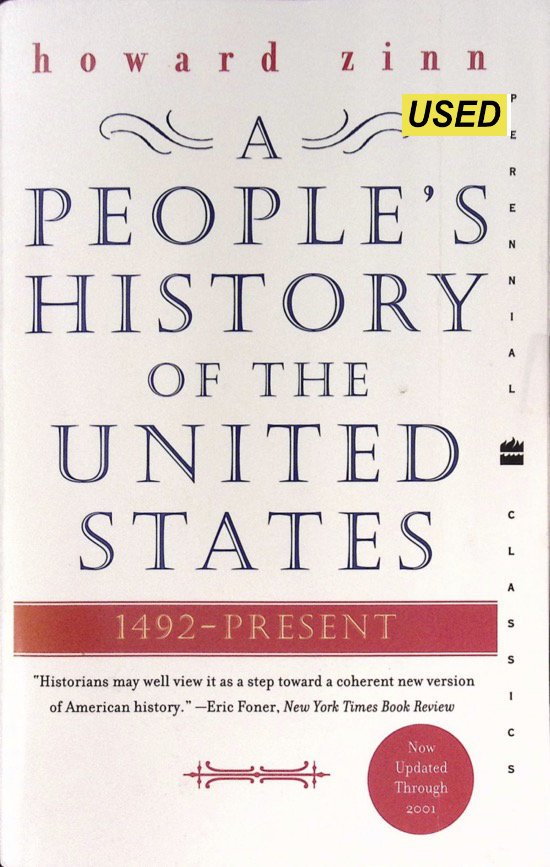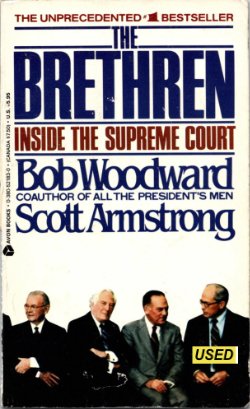Edited by Lyndsay Campbell, Ted McCoy, and Mélanie Méthot
An introduction to Canadian legal history featuring new approaches to legal scholarship. Essential reading for all those interested in Canadian legal methodologies, especially new and beginning scholars. Canada’s Legal Pasts presents new essays on a range of topics and episodes in Canadian legal history, provides an introduction to legal methodologies, shows researchers new to the field how to locate and use a variety of sources, and includes a combined bibliography arranged to demonstrate best practices in gathering and listing primary sources. It is an essential welcome for scholars who wish to learn about Canada’s legal pasts—and why we study them. Telling new stories—about a fishing vessel that became the subject of an extraordinarily long diplomatic dispute, young Northwest Mounted Police constables subject to an odd mixture of police discipline and criminal procedure, and more—this book presents the vibrant evolution of Canada’s legal tradition. Explorations of primary sources, including provincial archival records that suggest how Quebec courts have been used in interfamilial conflict, newspaper records that disclose the details of bigamy cases, and penitentiary records that reveal the details of the lives and legal entanglements of Canada’s most marginalized people, show the many different ways of researching and understanding legal history. This is Canadian legal history as you’ve never seen it before. Canada’s Legal Pasts dives into new topics in Canada’s fascinating history and presents practical approaches to legal scholarship, bringing together established and emerging scholars in a collection essential for researchers at all levels.
Calgary, Alberta: University of Calgary Press, 2020. 372p.





















